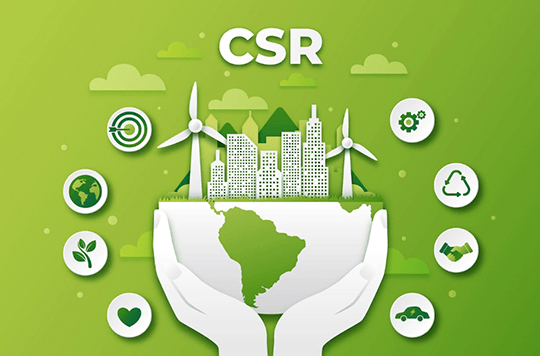
Sat: 09:00 - 14:00





ECO FRIENDLY
ECO FRIENDLY
To be ECO FRIENDLY, a product or service must be approved by an authorized third party to ensure that complies with a specific standard.
The ASTM D400/EN13432 test standard requires 60% of organic carbon to be converted to carbon dioxide within 180 days and the residue to be non-toxic to the environment.
That is why at IBS we care about developing, together with our suppliers, High Quality raw materials that are friendly to the environment.

EQUIPMENT & SUSTAINABLE SUPPLIES

SUSTAINABILITY
In the case of films, we use rolls of recyclable, compostable and degradable cellulose-based material.
In the case of HP Indigo inks they have been certified by TUV Austria for use as printing inks for compostable packaging (up to certain permitted limits) according to the USA standard for compostable tests EN 13432, which allows the printed packaging to comply with the requirements of the USA Packaging Directive (94/62/EEC).14
The paper within our supply chain, works with FSC material with which it is intended to ensure that a product comes from a responsibly managed forest.
WASTE MANAGEMENT
WASTE
Our CO2 emissions associated with supply, production and disposal are lower.
The capacity and ease with which end-of-life packaging can be sorted, reused or recycled is more effective.
Digital inks produce less waste, flexography and offset printing use inks with a higher viscosity, more contaminants and susceptible to re-inking.
Digital printing does not use many tests that are discarded or many chemicals such as solvents, fountain solutions and plates that are discarded after use, therefore its carbon footprint is lower.

SUSTAINABILITY

SUSTAINABILITY
- Lower cost of ownership and unique versatility of UV inks.
- Reduction of VOCs: Volatile Organic Compounds that have been associated with the reduction of the ozone layer on earth.
- Water conservation compared to other printing technologies.
- Digital printing reduces environmental impact.
- Reduce unnecessary printing.
- Resource efficiency
- Reduce transportation costs.
© 2023 ALL RIGHTS RESERVED IBS INTERNATIONAL BUSINESS SOLUTION DE MÉXICO, S.A. DE C.V.
